Block Knit
Block Knit - Washer and dryer method is fast for small items. In this video, i show you what yarns should be blocked an. This guide can be used to wet block knitwear such as jumpers, cardigans, scarves, shawls, and so on. Experiment with blocking your gauge swatch before you block an actual knitted piece. Web the final step in most knitting projects is blocking, which settles the knit stitches into place, stretches and reveals lace patterns, and allows your yarn to bloom and the collection of knit stitches to become a unified piece of fabric. Web blocking is one of the most transformative processes in knitting. Blocking is a method of stretching and shaping a finished knitted piece to reach the dimensions suggested in the pattern, to make two pieces that need to match the same size, or to make your stitches look nicer and more even. Soak the piece in water and lay it flat to air dry. Leave it for about 15 minutes to so it has time to get fully soaked. Why should you block knitting? It defines intricate knitting patterns, relaxes the pattern, and dries it evenly. Blocking socks and hats is a little different, so we'll discuss that process below. It straightens stitches and evens the tension in your knitting. Fill your sink or basin with cool water and a squeeze of wool wash (or shampoo). Web do you block your knitting? In this video, i show you what yarns should be blocked an. Do not rub, twist, or wring a handknit. Web blocking is an essential but often overlooked step in knitting. To start, you will need: Steam blocking uses heat from an iron to change shape. Why should you block knitting? Lay your project flat, matching the finished dimensions. The blocking process will help secure the ends in place. 166k views 7 years ago knitting concepts. You don’t want to agitate your knit too much. Web blocking is one of the most transformative processes in knitting. Do not rub, twist, or wring a handknit. Blocking socks and hats is a little different, so we'll discuss that process below. The needles and pins of it all. Web there are three main ways to block a knitting project: Web blocking involves the stretching and shaping of a finished knit to get the dimension suggested in its patterns accurately. Web blocking generally follows three simple steps: Web 6 steps to block your hand knits. Web blocking is one of the most transformative processes in knitting. Blocking socks and hats is a little different, so we'll discuss that process below. You’ll start by soaking your finished project in water and then shape it into the desired dimensions. Remove as much extra moisture as possible, typically with a towel. Www.joannesweb.coma very simple way to 'block' your knits. Soak the piece in water and lay it flat to air dry. Before blocking knitting, weave in all loose ends; You don’t have to block your knitting. It defines intricate knitting patterns, relaxes the pattern, and dries it evenly. Doing so may distort the stitches beyond correction. Www.joannesweb.coma very simple way to 'block' your knits. You could use any flat surface to block your garments (i'm partial to the knitter’s block), just be sure that your knitted piece lies flat. Steam blocking uses heat from an iron to change shape. Wondering if your project really needs to be blocked? Instructions and tips for how to block knitting projects using wet blocking, spray blocking, and steam blocking. 16k views 3 years ago finishing your knits. Web how do i block my knitting? Web blocking is an essential but often overlooked step in knitting. Wondering if your project really needs to be blocked? Web blocking involves the stretching and shaping of a finished knit to get the dimension suggested in its patterns accurately. In knitting, there’s no other simple finishing technique that will make such a difference, prevent curling, and lead to an. 166k views 7 years ago knitting concepts. Should you block every project? The blocking process will help secure the ends in place. Before blocking knitting, weave in all loose ends; Lay your project flat, matching the finished dimensions. Once you’ve finished knitting your blanket, scarf, throw, washcloth, sweater, or other knit project, you need and want to block it. It is also performed to make 2 pieces that need to match the same size or make your stitches look better and more even. Web blocking is an essential but often overlooked step in knitting. Web posted on december 29, 2019 henni. How it works and what you need to be aware. Blocking socks and hats is a little different, so we'll discuss that process below. Web how to block knitting. Web knit with hannah. If there’s no adjustment or finishing that needs to be done, don’t bother. Lay your project flat, matching the finished dimensions. Instructions and tips for how to block knitting projects using wet blocking, spray blocking, and steam blocking. Get your project wet by soaking, steaming, or spraying with a spray bottle. Web blocking is one of the most transformative processes in knitting. Smoothens out the rough edges. How do you block knitting without mats? Steam blocking uses heat from an iron to change shape.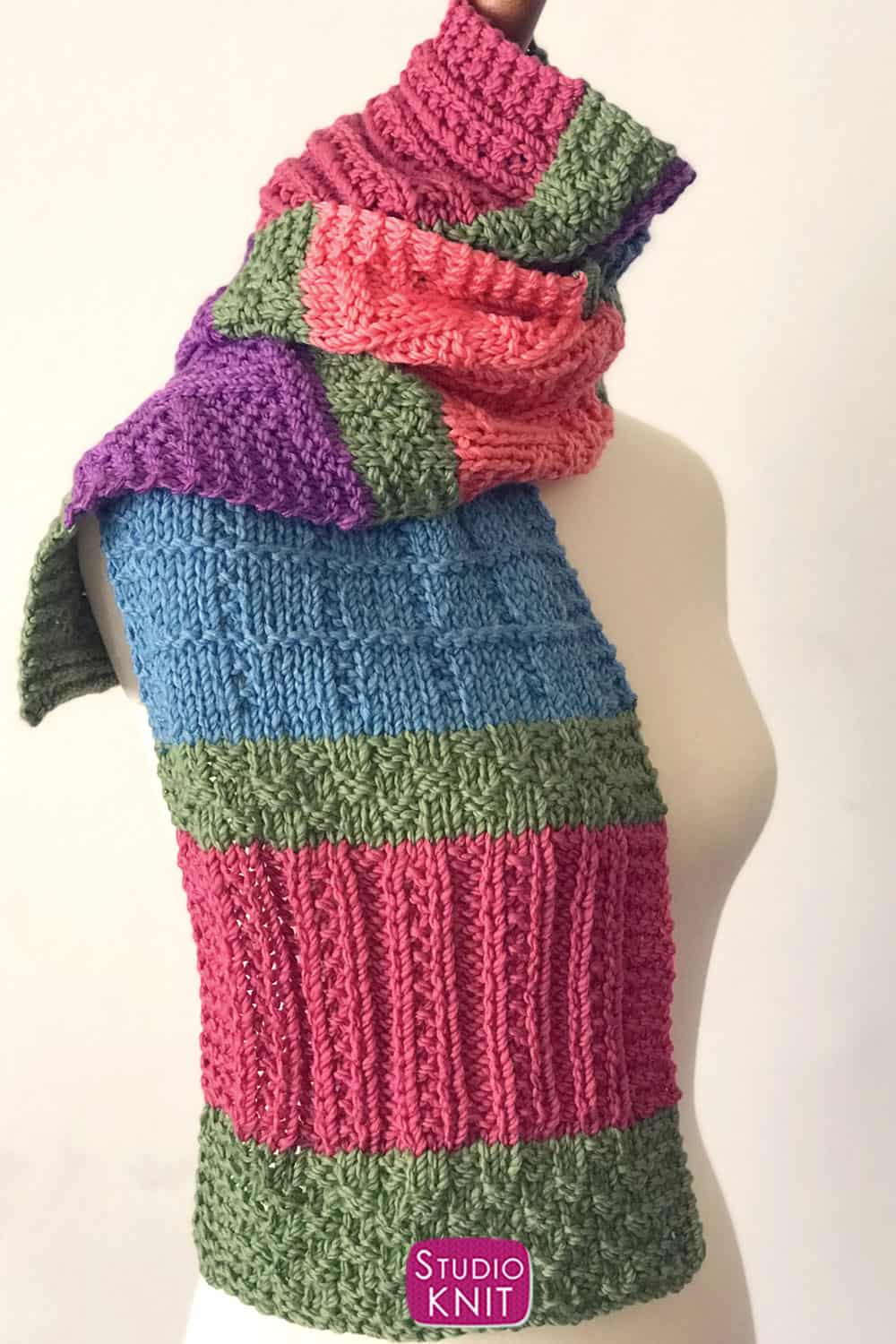
Easy Color Block Scarf Knitting Pattern Studio Knit

HowTo Block Knitting Ultimate Guide Wet Blocking & More Interweave

How to Block Knitting YouTube

How to Block Your Knitting Cocoknits
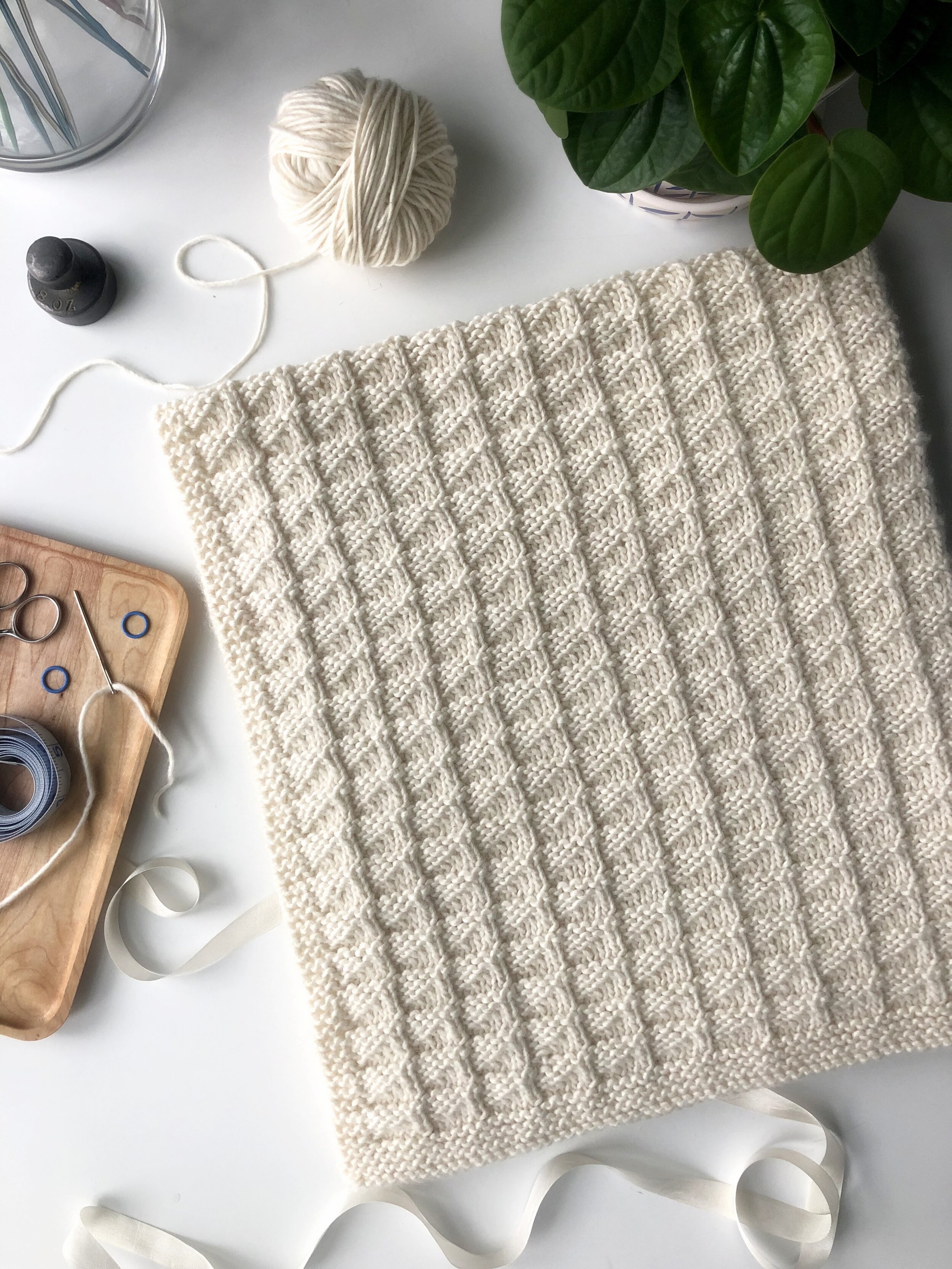
How to Block Knitting Blocking a Hand Knit Blanket Tutorial Final
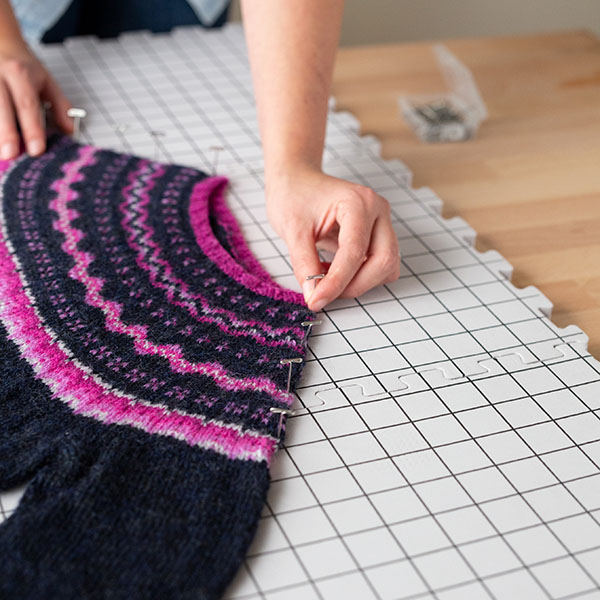
Blocking Knitting Video How to block knitting Knitting Then learn
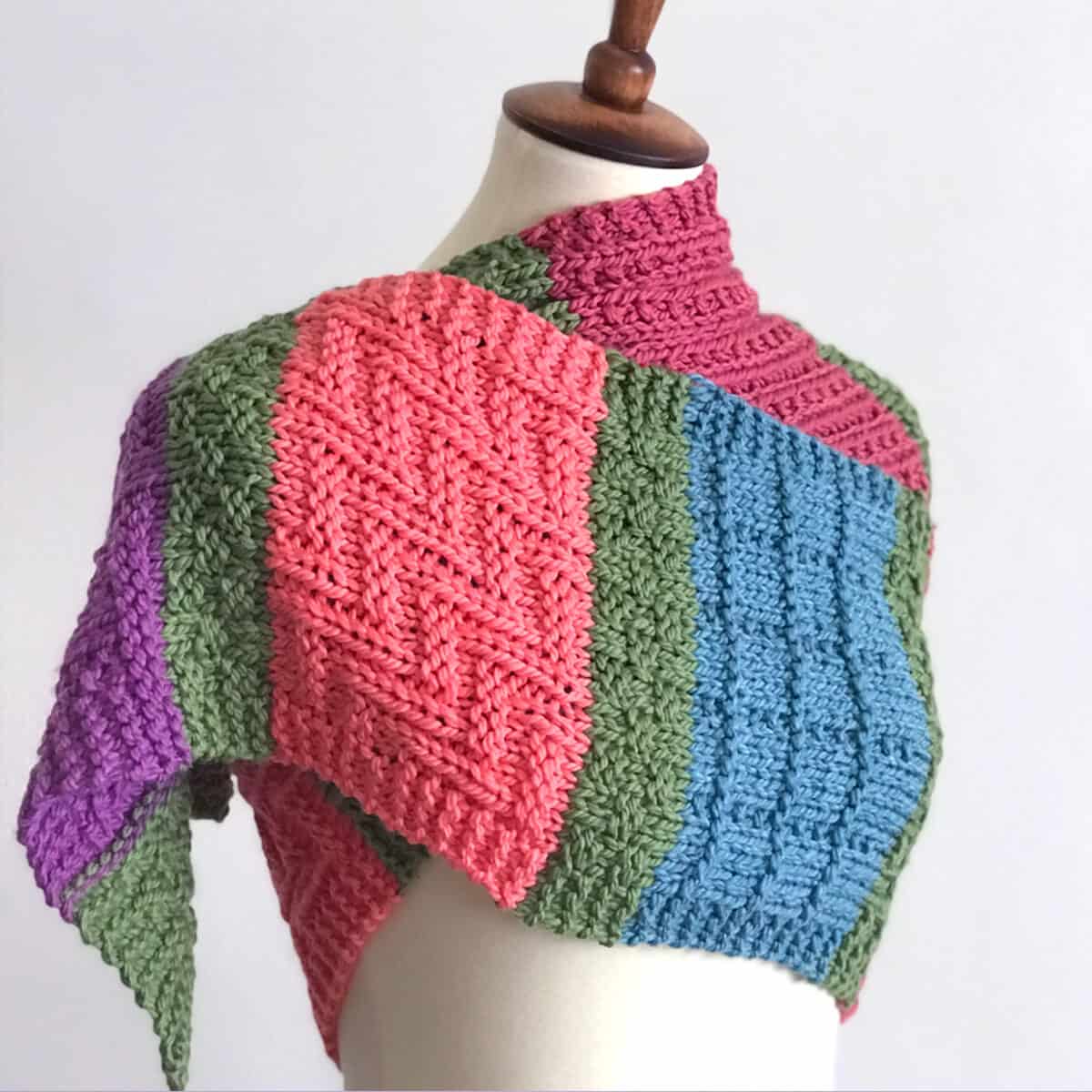
Easy Color Block Scarf Knitting Pattern Studio Knit
![How to block knitting [The ultimate tutorial]](https://nimble-needles.com/wp-content/uploads/2023/03/a-knitted-project-before-and-after-blocking.jpg)
How to block knitting [The ultimate tutorial]
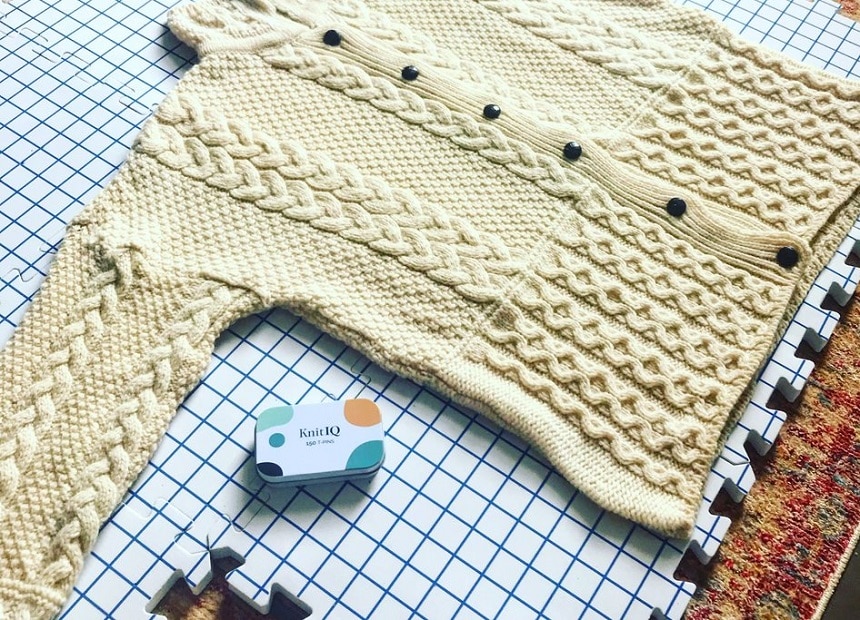
Blocking Knitting The Detailed Guide for Beginners

How to Block 100 Acrylic Yarn The Best Way for Knit + Crochet YouTube
Should You Block Every Project?
Blocking A Finished Knitting Project Makes A Big Difference In The Appearance!
You’ll Start By Soaking Your Finished Project In Water And Then Shape It Into The Desired Dimensions.
Here’s A Quick Summary Of How Each Method Works.
Related Post: